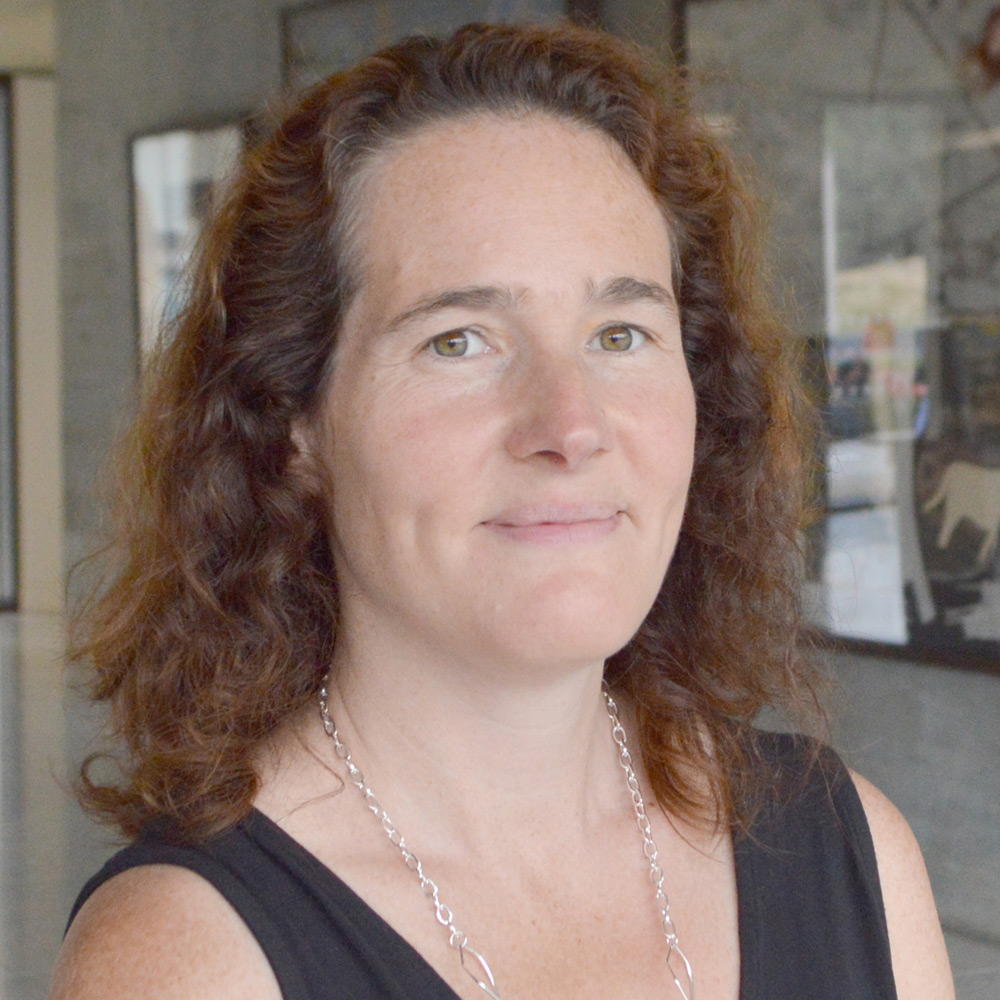Diversity in clinical psychology training at Essex

In the UK, the clinical psychology profession has tended to have an over-representation of white women. There are currently a number of initiatives across the profession to increase diversity by improving student recruitment to accredited training programmes.
The University of Essex programme, running since 2005, is one of 30 accredited training providers for clinical psychology in the UK. In this blog Professor Susan McPherson and Dr Frances Blumenfeld provide data on ethnic and gender diversity of students trained on the Essex programme and describe some of the features of our recruitment procedures that may impact diversity.
Our cohort size (determined by the number of commissioned places offered by Health Education East of England) has grown from 10 places in 2011, to 11 places in 2015, to 18 places in 2020 and 31 places for 2021. We have data covering the years 2011-2021 for those students who accepted places on our programme. Summing across all years (145 students), these data show that our programme has recruited Black, Mixed, Asian and White Other students in greater proportions to the East of England population. White Other includes people from European and Irish backgrounds.
| UK population East of England (%) | University of Essex cohorts 2011-2021 (%) | |
| Asian | 4.8 | 13.1 |
| Black | 2 | 6.2 |
| Mixed | 1.9 | 4.8 |
| White British | 85.3 | 53.8 |
| White Other | 5.5 | 22.1 |
| Male | 14.5 | |
| Female | 85.5 |
From the 2018 intake onwards, the national Clearing House has provided diversity data for all applicants to the programme, enabling more detailed analysis of equity at each stage of our recruitment process. The first stage of our selection process is to screen applications for minimum entry criteria. These criteria are published on the Clearing House website, the principle criterion being to have a British Psychological Society accredited undergraduate degree in Psychology with a minimum of 65% average across third year marks.
In addition, applicants must have a minimum of one year’s experience in a work setting relevant to clinical psychology (which we interpret broadly and do not require the work to have been supervised by a clinical psychologist). After screening in those applicants meeting the minimum entry criteria, we are able to examine what percentage of applicants are offered an interview; offered a place; and accept a place. Data on ethnic group and gender are summarised below.
When pooling across the years 2018-2021 for which we have this detailed data, we can see that about a quarter of all those eligible (26.6%) are offered an interview; 14% are offered a place; 10% accept a place. Eligible Black, Mixed and White Other applicants are more likely to be offered an interview, offered a place and accept. Eligible Asian applicants are about as likely as the overall group to be offered an interview, offered a place and slightly more likely to accept a place.
White British applicants are less likely than other groups to be offered an interview, offered a place and to accept a place. Males and females have similar chances of being offered an interview, offered a place and to accept a place, although the actual numbers of males applying and therefore accepting a place is very much below the proportion of males in the population (around 80-90% of all cohorts are female).
| University of Essex recruitment 2018-2021 | Offered an interview* (% of eligible) | Offered a place (% of eligible) |
Accepted (% of eligible) |
| Total | 26.6 | 14.0 | 10.4 |
| Asian | 27.3 | 15.2 | 13.6 |
| Black | 32.8 | 17.9 | 13.4 |
| Mixed | 42.4 | 30.3 | 18.2 |
| White British | 22.6 | 11.2 | 8.0 |
| White Other | 32.7 | 20.2 | 19.2 |
| Male | 29.3 | 15.2 | 11.1 |
| Female | 25.7 | 14.7 | 11.5 |
* First offers only i.e. not including those on a waiting list for interview
There are a range of recruitment practices which may contribute to this high level of ethnic diversity. Since 2012 we have operated a system of separating out different parts of each application form, dividing applications into academic qualifications, personal statements and references.
Different people assess these components so that any bias that may operate from reading one part of an application will not carry across to other elements of the application form. The academic qualifications are rated blind by one person systematically in a spreadsheet format where names and other details are not visible. The personal statements are distributed to raters without names or other identifying or contextual information included.
References are considered separately and have a very minimal role in shortlisting, only being used to screen out any serious concerns raised by referees, given that referees may introduce biases. We do not look at A-levels since performance on these is known to be impacted by social disadvantage. We look at the third year average score in undergraduate degrees rather than the overall score because any disadvantage carried by young people into university can potentially be overcome during the course of a university degree, with grades increasing across the three years.
We do not apply any other forms of contextual admission processes, although many other programmes are currently looking into the possibility of doing this. Because clinical psychology trainees are NHS employees, contextual admissions raise issues around employment law which programmes are looking into.
Our data suggest that it may not be necessary to apply contextual admission processes in order to achieve ethnic diversity. However, we are aware there are various other issues including disproportionate applications from females as well as intersectionality and socio-economic disadvantages that are difficult to categorise and which may merit some form of contextual admission processes.
